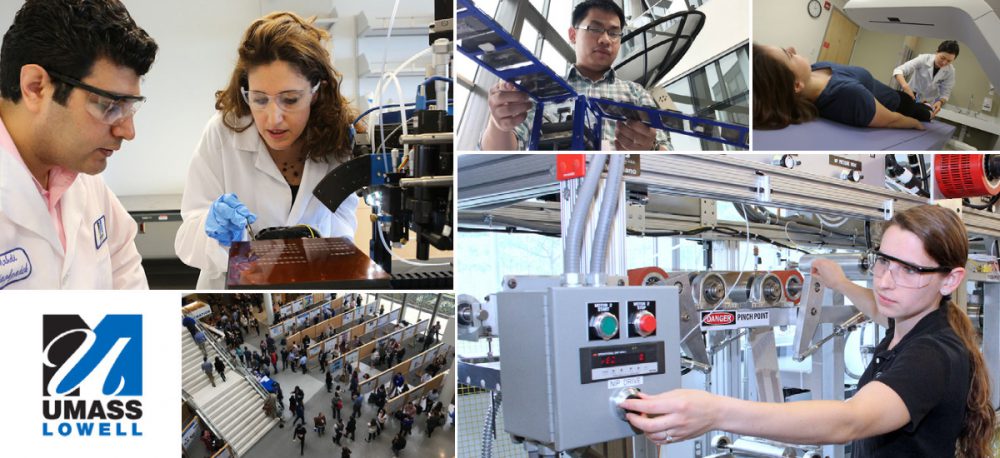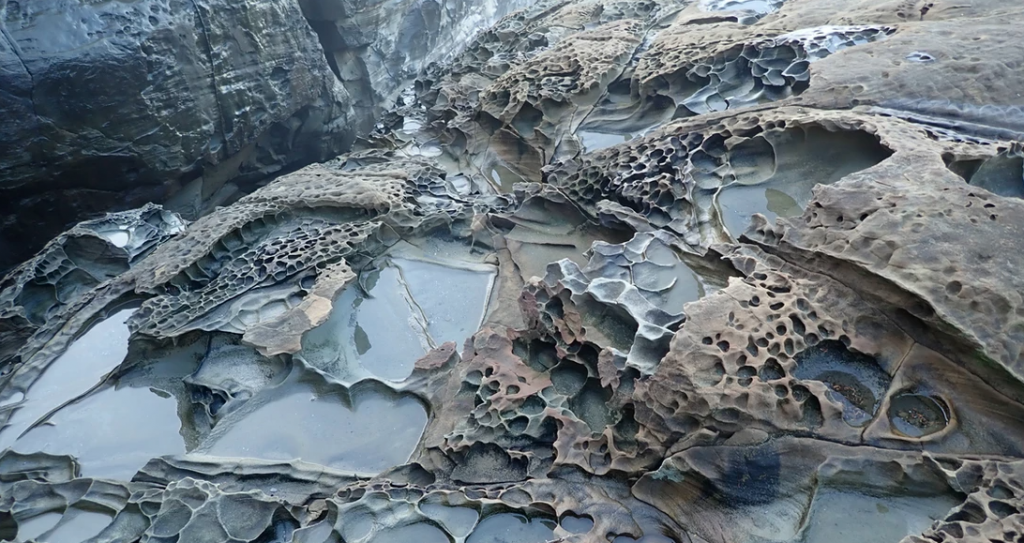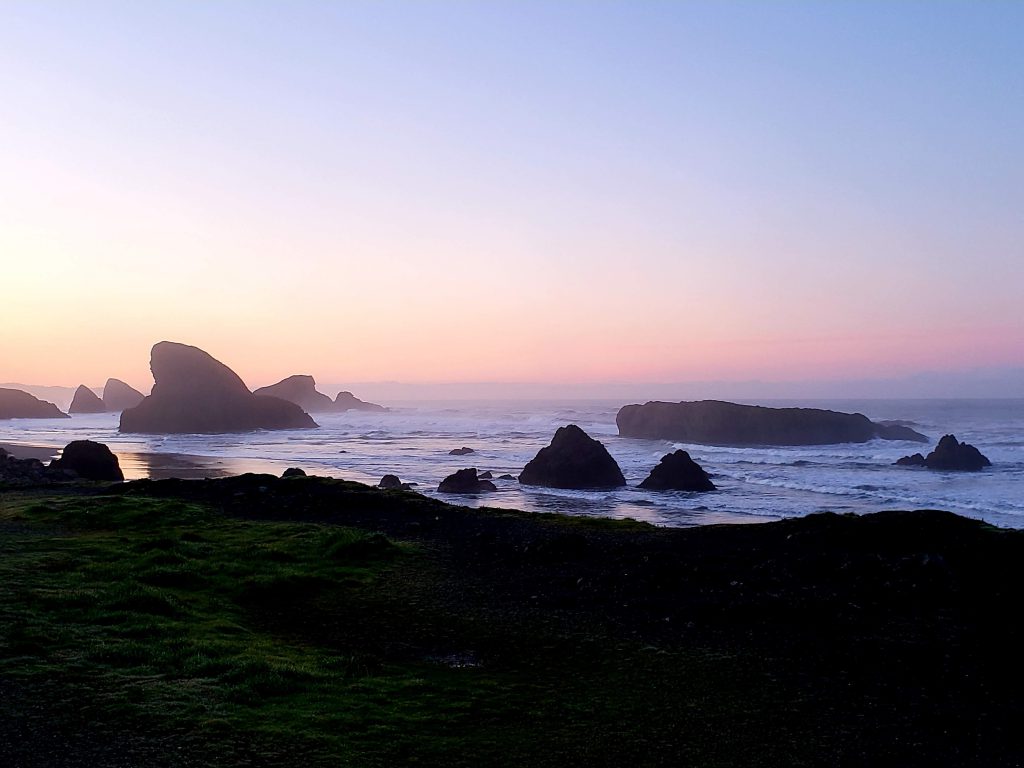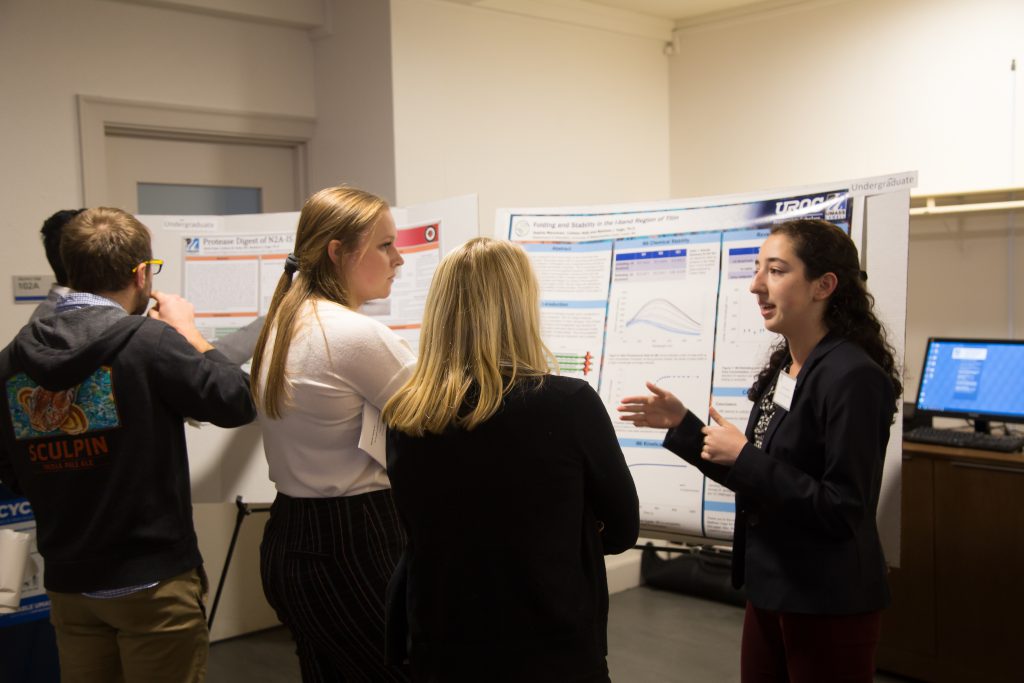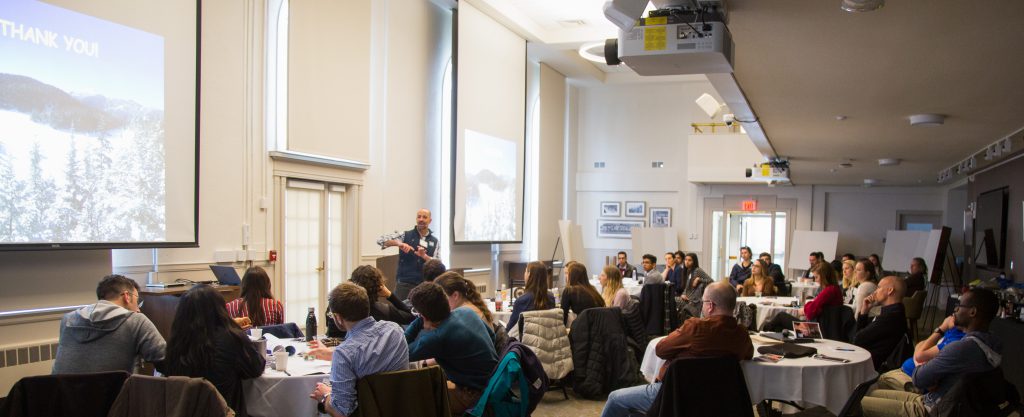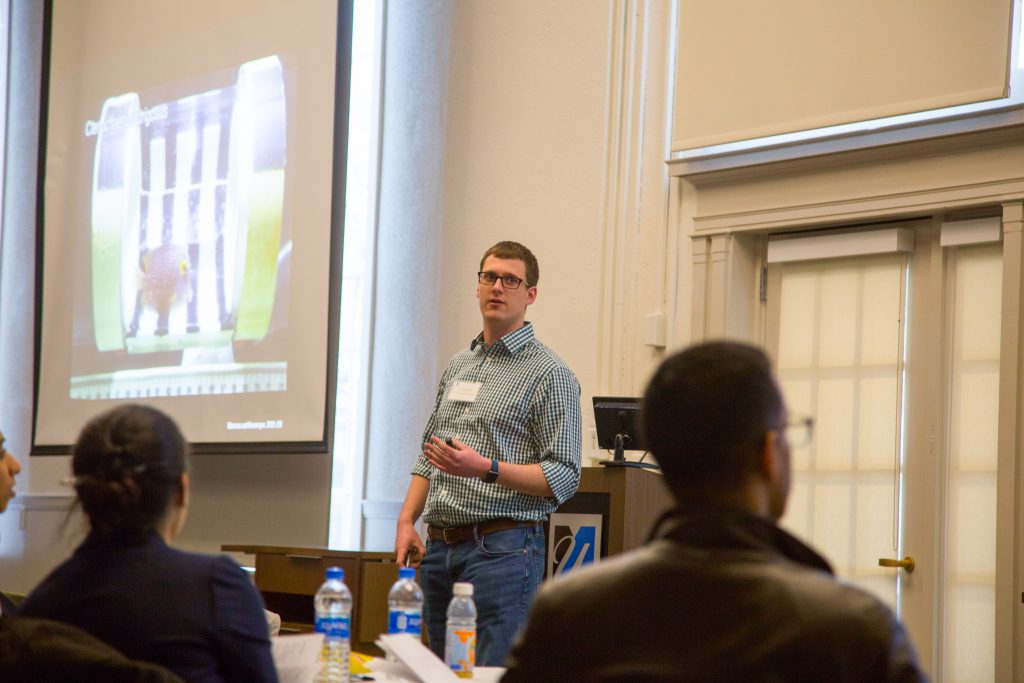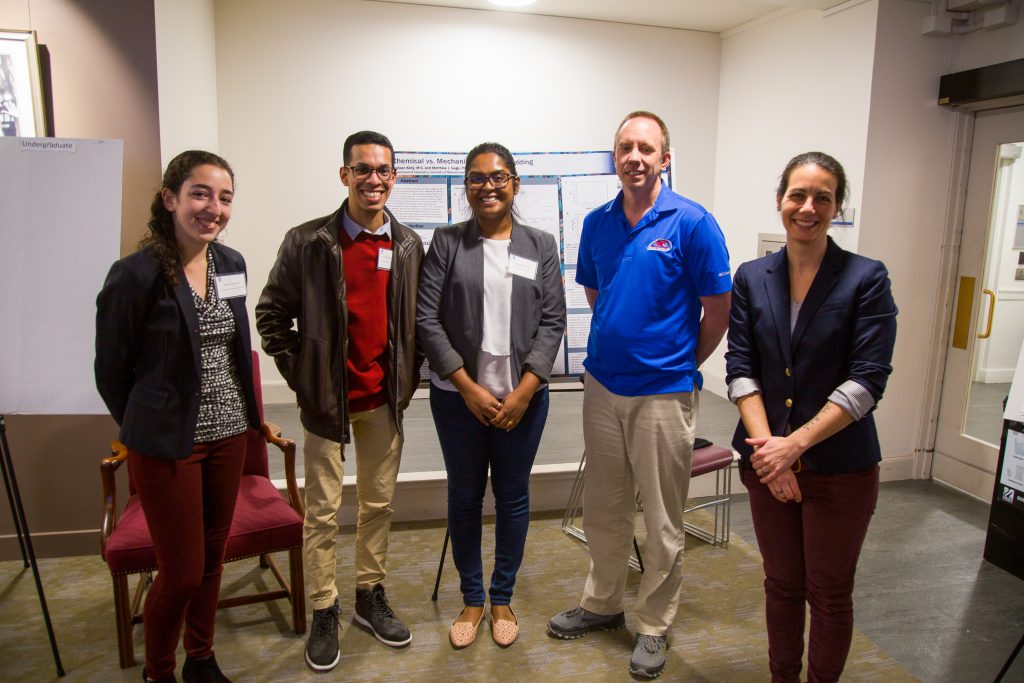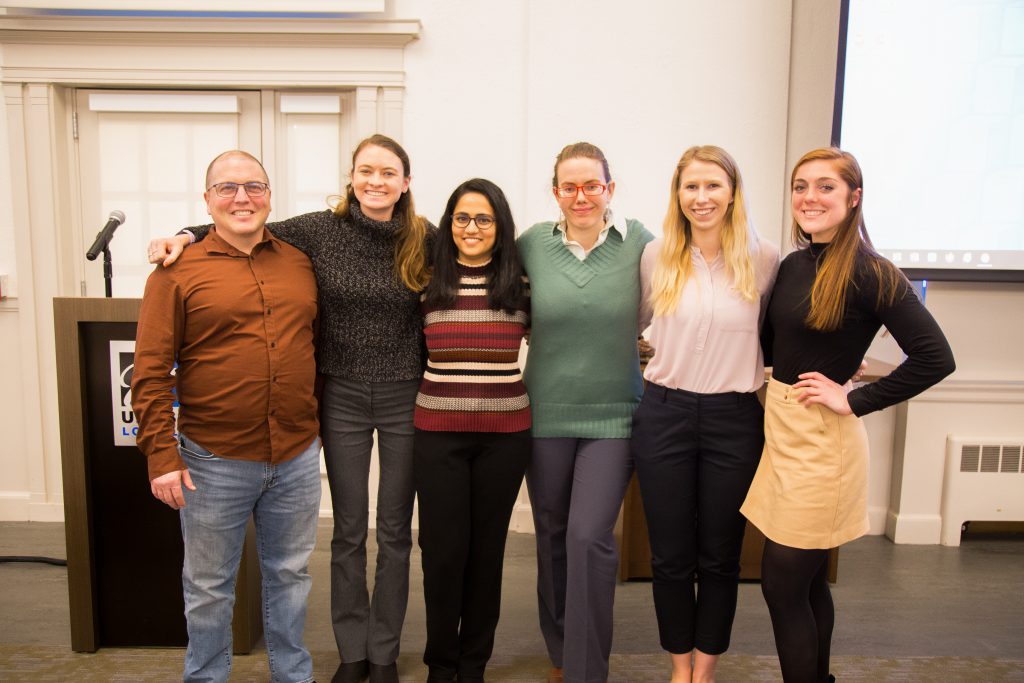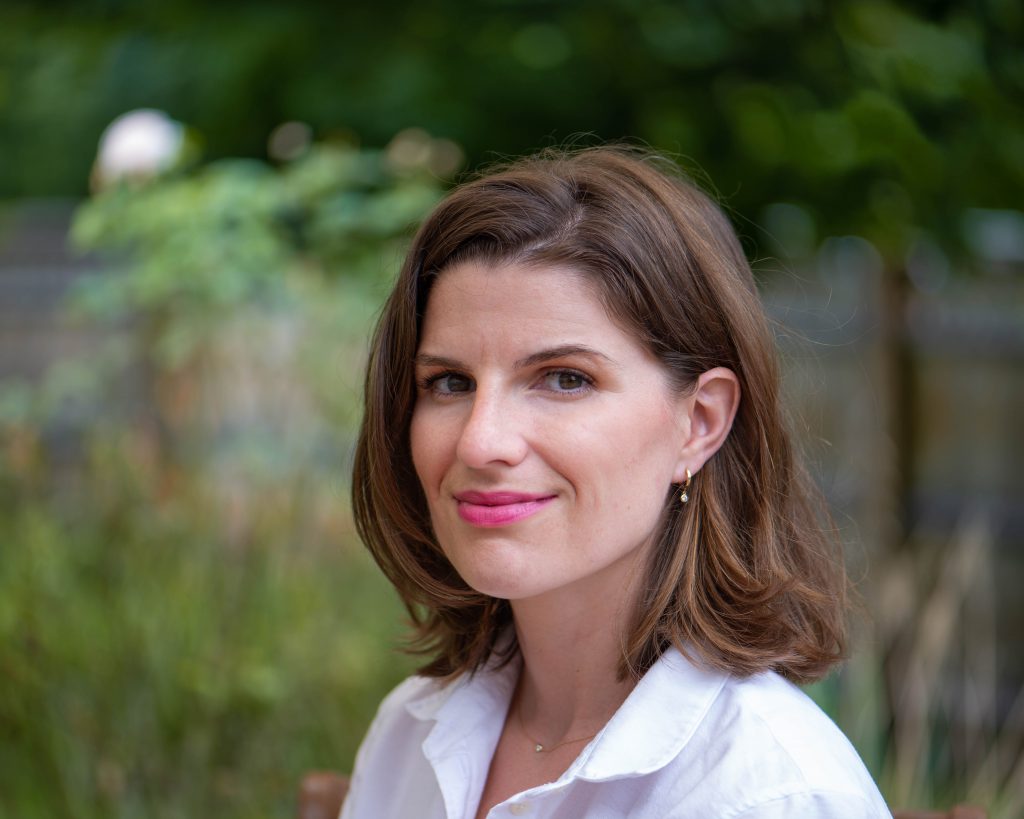
With the surge of protests against systemic racism coupled with the height of the pandemic in the spring of 2020, Ashley Carey noticed an increasing number of educators participating in antiracist book studies as a part of their professional development. As a former educator and current doctoral student in the Leadership in Education Ph.D. program who has worked with Asst. Prof. Jack Schneider in examining racial segregation and integration in K-12 public schools in Massachusetts, Carey decided to conduct research on the efficacy of these book studies.
We recently sat down with Carey to discuss her work:
Can you tell me about your educational and professional background that led to your journey to UMass Lowell as a doctoral student?
In 2012, I graduated from UMass Lowell with my Bachelor of Fine Arts and went on to teach high school art (drawing and digital photography) in a predominantly Latinx school district. I observed that many of the educational policies designed to help my students, like high stakes standardized testing, were actually negatively impacting their schooling experience.
This experience really sparked my interest in educational policy and I realized the changes I was interested in making couldn’t be made from inside the classroom. So, I made the choice to leave after five years to pursue a doctoral degree.
As a doctoral student, you conduct research for your dissertation. Can you tell me more about your research project and how you became interested in the topic?
During the spring of 2020, as protests in response to anti-Black murders and isolation during the pandemic grew, a lot of white educators I spoke with mentioned that they were participating in antiracist book studies. Book studies include any group of people who are reading a common text and meeting to discuss that text. As a former educator, a white person, and aspiring researcher interested in issues pertaining to racial and social equity in education, this budding phenomenon caught my attention. I started looking into the literature on book studies as antiracist professional development for educators and learned that not a lot of research exists on this topic. So, while it seems really hopeful that educators are actively participating in antiracist book studies, we actually don’t understand if book studies are a suitable means for educator antiracist learning or if antiracist book studies can catalyze deeper change (e.g. in the classroom).
How did you conduct your research? Can you share your preliminary findings?
For this project, we observed a local school district’s antiracist book study sessions. This group of educators voluntarily met over Zoom every other week to discuss a common text they were reading. We observed these sessions with two research questions in mind: 1.) How and to what extent do educators in an antiracist book study engage with conversations about racism? and 2.) How can we use this information to conduct further study of this phenomenon of antiracist teacher reading groups?
One early observation from this project is that participants seemed to block each other’s progress toward discussing racism. We use a traffic metaphor to describe these moments: “red lights,” where conversation diverts from or avoids race and “green lights,” where talk about race is more likely to continue toward a more direct consideration of race that helps educators progress in their own racial identity.
I think there’s an assumption that if there are multiple people who want to learn more about and better understand racism, then it might be helpful to meet in a group. What we know from research is that in predominantly white groups, it is often not helpful because there’s a social pressure to avoid talking about race at all costs.
Can you provide examples of a “red light” and a “green light?”
As an example of a red light, there was one point in the book study where one of the educators had brought up the fact that in their district, a lot of the students enrolled in Advanced Placement (AP) classes were white students and that there was a racial disparity in enrollment. Then, another educator reframed the situation as “socioeconomic class issue” suggesting that someone from a lower income might not have the advocacy skills or money to fund test prepping. The idea that one educator started a conversation about race and racial disparity while another reframed it as a socioeconomic issue moved the group away from discussing the direct issue of racism.
In terms of green lights, I can remember a moment where the facilitator showed statistics of demographics of students in their school compared to another regional school. The concrete numbers spurred conversations about differences between the schools and provided a green light opportunity for the participants to engage in a discussion about race, selective admissions and the schools in their community.
What might be the impact of your findings and how might we apply this information to future professional development opportunities?
This study is an important early attempt to understand the strengths and challenges of book studies as an antiracist learning opportunity for educators, especially for our nation’s overwhelmingly white teaching force. In a group setting, educators are not learning solitarily. If the presumed theory of change is that group discussion will enhance and promote antiracist learning, then it is critical to examine how group discussion functions towards that goal. The results from this pilot study can help inform larger future studies on this new addition to the educational landscape.
Ultimately, my larger goal for this strand of work is to help educators who want to do antiracist work make the most of group sessions by working to avoid “red lights” and promote “green lights” in their book studies. And, to add to the conversation around how professional development opportunities can be harnessed to create meaningful systemic change.
I know you conducted your observations virtually as the book studies occurred during the pandemic. What types of challenges did you face in this setting and what skills have you learned?
In some ways social interactions take on a different life over Zoom. Do people have screens on or off? Are folks engaged and leaning intently toward their camera? Are there flashes of light across their faces signaling that maybe they are distracted by something else on their computer screen? How do folks react to what their colleagues are saying? There’s a lot of interesting things going on in our little Zoom boxes!
As researchers we also had to make decisions about when to turn our own cameras on or off. You don’t want to be a little phantom square creeping on the screen, but you also want to be careful not to intrude on the thing you are trying to observe. For me, most of the qualitative research I’ve done has been conducting interviews and focus groups. This was totally different for me because you can’t as questions; you just have to sit, listen and take in as much as you can in this strict observation approach.
Thank you for taking the time to share your work. Before we end this interview, I know you mentioned that you began your studies as a mother to an infant. What type of advice would you give to other moms interested in continuing their education and/or conducting research?
For me, the most important thing has been reframing the relationship between my studies and my family by focusing on what my family is gaining rather than losing by my pursuit of a Ph.D. For example, rather than saying “I’m missing out on family time or failing to fulfill household chores because I’m spending time reading, writing, or working,” I’m careful to remind myself that my daughter is gaining quality time with her grandparents, and she is getting to witness a true partnership when she watches my partner sharing in those household chores. I think for other moms considering an advanced degree, I would urge them to focus on what they are gaining rather than losing or giving up.
